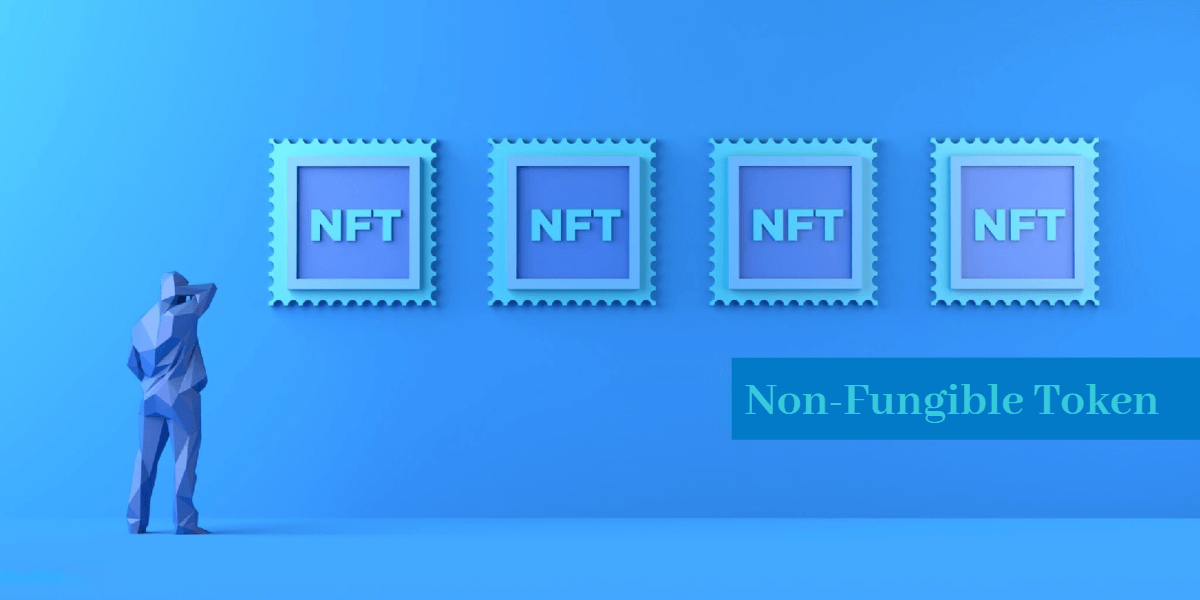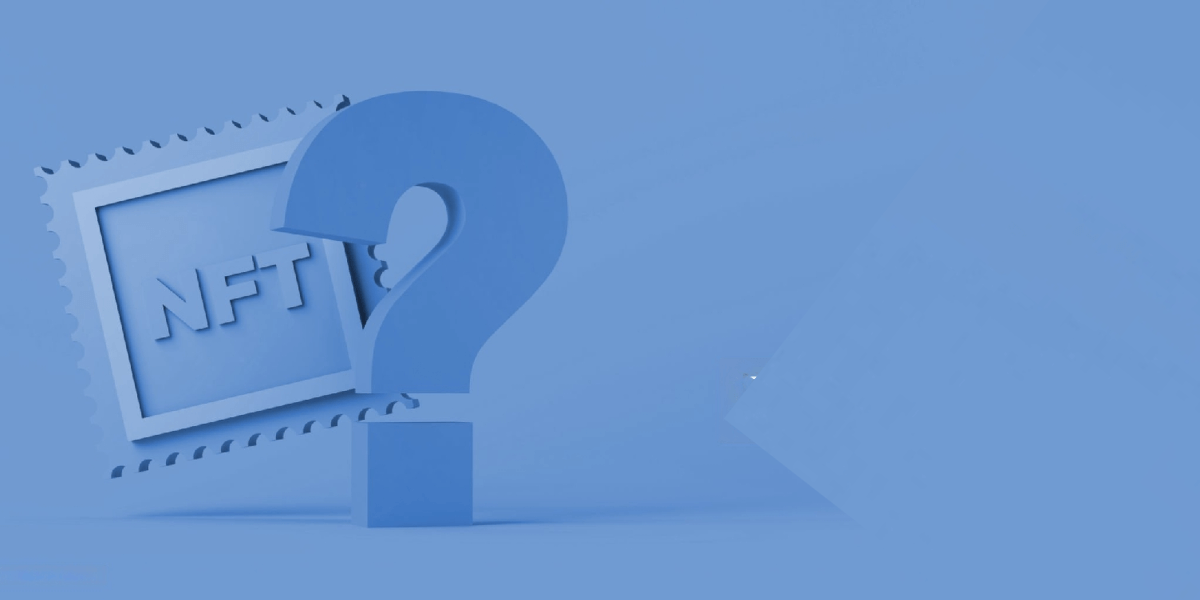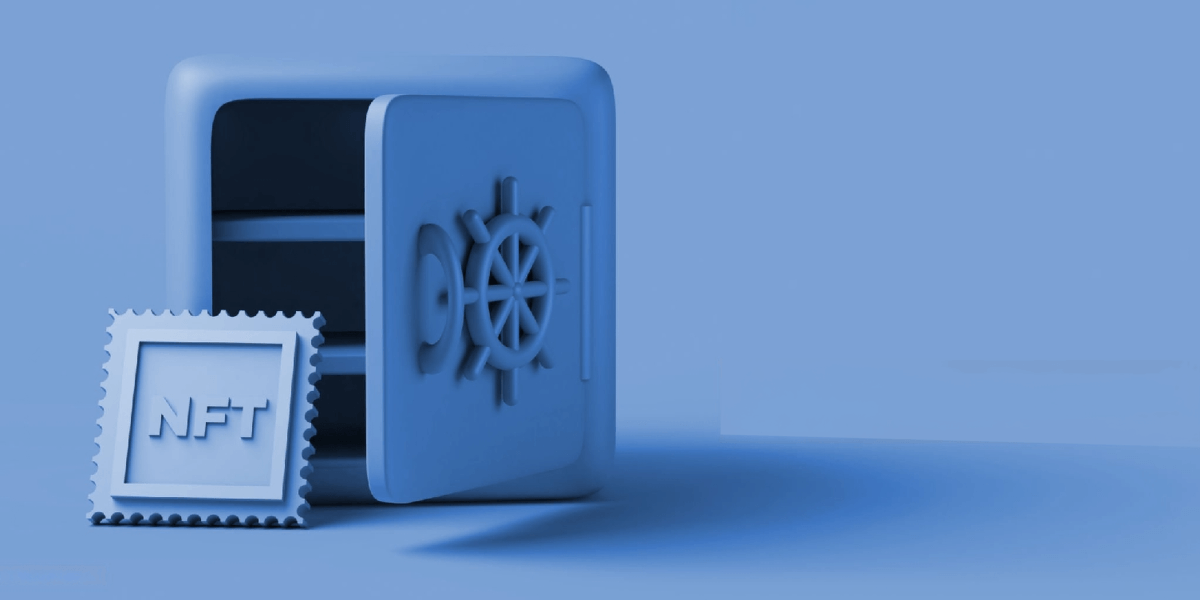
You’ve probably heard some buzz about NFTs lately, and let’s be real, it’s not just a passing trend. NFTs are booming, and they’re here to stay.
Celebrities, artists, and creators of all kinds are jumping on the bandwagon, creating and trading NFTs like never before. We’re talking millions of dollars for a digital painting or a tweet. It’s a bit mind-boggling, but we’ll help you make sense of it all.
What is an NFT?
NFT stands for “Non-Fungible Token.” Don’t let the jargon scare you – it’s quite simple. In essence, NFTs are digital certificates of ownership, like those fancy diplomas hanging on the wall. But instead of a diploma, you’re owning a unique digital item. Imagine having the Mona Lisa in your living room, but it’s digital, and everyone knows you own the original. That’s NFTs!
Key Characteristics of NFTs
Now, here’s the cool part. NFTs are unique. They’re like snowflakes in the digital world – no two are exactly alike. They’re also indivisible, meaning you can’t just cut them in half. You either own the whole thing or none of it. Plus, they’re secure thanks to blockchain technology. Once you have an NFT, it’s recorded in a digital ledger that’s almost hacker-proof. It’s like having a digital fortress for your art or collectibles.
NFTs vs. Traditional Digital Assets
Alright, let’s compare NFTs to traditional digital stuff. You know those songs you download or the pictures you take? They’re copies, right? You can share them, and there’s no real way to prove you’re the original creator. NFTs change that game. When you own an NFT, you’re saying, “Hey, this is mine, and everybody knows it.” It’s like having a virtual badge of honor for your unique digital goodies.
What is an NFT for Dummies?
Now, let’s break it down for the absolute beginners. NFTs are like digital trading cards, but way cooler. Each one is one-of-a-kind, and they’re bought and sold online. Imagine having a baseball card, but instead of holding it, you keep it in a digital wallet on your computer or phone. And guess what? People are willing to pay big bucks for these unique digital collectibles.
Ownership and Scarcity in the Digital World
Okay, so you know how rare Pokémon cards or vintage comic books are super valuable? That’s because they’re rare and hard to find. NFTs work the same way. They’re scarce, which means there are only a limited number of them. That rarity makes them valuable in the digital world. When you own an NFT, it’s like holding a piece of internet history.
Real-World Analogies for NFTs
Okay, think of NFTs as autographed jerseys. You can buy a regular jersey at the store, but it’s not the same as having one worn and signed by your favorite athlete, right? That signed jersey is unique, just like an NFT. Or imagine you have a collector’s edition of a comic book – it’s not just a regular comic; it’s special. NFTs work the same way in the digital universe.
How Does an NFT Work?

First things first, Non-Fungible Tokens are built on blockchain technology. Think of the blockchain as a digital ledger that records transactions across a network of computers. It’s like a super-secure digital database that can’t be tampered with.
Smart Contracts and NFT Standards (e.g., ERC-721, ERC-1155)
Now, here’s where it gets interesting. NFTs are powered by smart contracts. These are self-executing contracts with the terms of the agreement directly written into code. Smart contracts make NFTs unique because they automatically enforce ownership and transfer rules. So, when you buy an NFT, the ownership gets updated on the blockchain automatically.
NFTs follow specific standards, like ERC-721 and ERC-1155. These standards ensure that NFTs are compatible across different platforms and marketplaces. It’s like having a common language for NFTs, making them easier to trade and interact with.
The Immutable Record of Ownership
One of the coolest things about NFTs is that they create an immutable record of ownership. “Immutable” means unchangeable. So once you own an NFT, it’s recorded on the blockchain forever. This is a big deal, especially in the world of digital art and collectibles. You can prove you own that rare digital painting or in-game item.
Interoperability and Wallets
Now, how do you actually hold and use NFTs? You need a digital wallet. This is like your personal vault for NFTs. Wallets are where you store your digital assets securely. But here’s the thing, not all wallets are the same. Some are specific to certain blockchains or NFT standards, while others are more versatile.
Interoperability is key here. Some wallets support multiple blockchains and NFT standards, giving you more flexibility to manage your collection.
How Do You Make an NFT?
While art is famous in the NFT world, you can make NFTs out of almost anything digital. Some musicians release their music as NFTs, and even famous people like LeBron James have sold NFTs of their basketball highlights.
Here’s a simple breakdown of how to make that happen:
1. Choosing a Blockchain
First things first, you’ll need to pick a blockchain to create your NFT on. Ethereum is the most popular choice, but there are others like Binance Smart Chain, Flow, and more. Each has its own pros and cons, so do some research to find the one that suits your needs best.
2. Minting Your NFT
“Minting” is just a fancy way of saying you’re creating a unique digital token. To do this, you’ll use an NFT marketplace or platform. They’ll guide you through the process, which typically involves uploading your digital content, setting the number of copies (usually 1 for a unique NFT), and adding some details like a title and description.
3. Metadata and Artwork
This is where the heart of your NFT lies. You’ll upload your artwork or digital creation, and it’s a good idea to also provide some context about it. Think of this as the artist’s statement you might find in a gallery. This information is stored on the blockchain and can’t be changed, so make sure it’s accurate and complete.
4. Gas Fees and Costs
Creating NFTs isn’t free. You’ll need to pay “gas fees,” which are basically transaction fees on the blockchain. These fees can vary widely depending on network traffic and the blockchain you choose. Make sure you have enough cryptocurrency in your wallet to cover these costs.
Legal Considerations and Copyright
Now, before you hit that mint button, let’s talk about the legal stuff. Just because it’s the wild west of the internet doesn’t mean there aren’t rules. Here are some crucial considerations:
- Ownership and Rights: When you mint an NFT, you’re essentially claiming ownership of a digital item. Make sure you have the right to do this, especially if you’re using someone else’s art or content.
- Copyright: Respect copyright laws. If you didn’t create the content yourself, make sure you have permission from the creator to mint it as an NFT.
- Licensing: Consider what rights you’re giving to the buyer. Some NFTs come with specific terms, like whether the buyer can use the artwork commercially or not.
- Taxes: Depending on where you live, selling NFTs might have tax implications. Consult with a tax professional to stay on the right side of the law.
Make sure you’re not only creating something unique but also respecting the rights and laws that come with it.
How to Buy an NFT

So you’re impressed with these digital treasures, and you want to buy some? Here’s a step-by-step guide on how to do just that:
Setting Up Your NFT Wallet
First things first, you need an NFT wallet. Setting it up is pretty much like creating any online account. You pick a wallet provider, sign up, secure your login info, and voilà! You’ve got a digital pocket to store your NFTs.
NFT Marketplaces
Now, let’s head to the market, but it’s a digital marketplace – a bit like eBay, but for NFTs. You’ll find various platforms like OpenSea, Rarible, and more. Once you’re in, it’s like wandering through an art gallery, but online. Browse through the digital art, music, or whatever catches your fancy. It’s a playground of creativity.
Bidding vs. Buy Now
Now, you’ve found something you adore – an NFT that feels like a piece of your digital soul. You’ll see two options: ‘Bid’ and ‘Buy Now.’ Bidding is like an auction. You place a bid, cross your fingers, and hope you’ll win when the timer stops. ‘Buy Now’ is instant gratification. You pay the price, and it’s yours right away. Your choice!
Payment Methods for NFTs
Time to settle the bill. Most NFT marketplaces accept cryptocurrency, like Ethereum. So, you might need to convert your regular money into crypto first. Don’t worry; it’s easier than it sounds. There are plenty of crypto exchanges to help with that. Once you have your crypto, paying for your NFT is a breeze.
Confirming and Storing Your NFT Purchase
Done deal! You’ve snagged your NFT. But don’t rush off just yet. Double-check your wallet; make sure it’s there, sitting pretty with your other digital treasures. Think of your wallet as a digital art gallery – each NFT deserves its own frame.
How to Sell an NFT
So, you’ve got a collection of NFTs, and you’re thinking, “Why not share these digital gems with the world?” To do that, you need to list your NFT for sale.
Listing Your NFT for Sale
Go back to your trusty NFT marketplace, find the ‘Create Listing’ button, and follow the prompts. It’s like opening your own little art shop.
Setting a Price or Auction
You’ve got options when it comes to pricing. You can set a fixed price – that’s like putting a price tag on your art piece. Or, you can opt for an auction, where folks bid for your NFT until the timer runs out. It’s your call, and it can be a bit of both if you like.
Promoting Your NFT Listing
Hey, you’ve got to let people know your NFT exists! Share it on social media, tell your friends, and join NFT communities. Get people excited about your digital masterpiece. The more buzz you create, the more potential buyers you’ll attract.
Transferring Ownership to the Buyer
When someone decides they must have your NFT, and they pay up, it’s time to transfer ownership. Most marketplaces make this super easy. Just follow the steps, and once it’s done, your NFT finds a new home.
Managing Profits and Tax Implications
Ah, the financial side of NFTs. Remember, when you make a sale, there might be tax implications depending on where you live. Keep records of your NFT transactions, consult a tax expert if needed, and manage your profits wisely. It’s all part of being a responsible digital art dealer.
Tips for Navigating the NFT Ecosystem
Dipping your toes into the exciting world of NFTs can feel a bit like entering a jungle without a map. But don’t worry; we’ve got your back with some tips to help you navigate this thrilling but sometimes bewildering ecosystem.
1# Research and Due Diligence
Before you even think about buying an NFT, do your homework. Just like you wouldn’t buy a car without checking reviews, don’t jump into NFTs blindly. Research the artist or project behind the NFT. Are they reputable? What’s their track record? Is the NFT linked to something valuable in the real world? Take your time; there’s no rush.
2# NFT Communities and Forums
One of the coolest things about NFTs is the sense of community. Join NFT forums, follow NFT artists and enthusiasts on social media, and engage in discussions. You’ll learn a ton, and it’s a great way to discover hidden gems. Communities often drop hints about upcoming releases, too. It’s like being part of an exclusive club.
3# Security and Protecting Your NFTs
Imagine your NFTs as digital art pieces in a high-security gallery. You wouldn’t leave the gallery doors wide open, right? Use a secure wallet to store your NFTs. Enable two-factor authentication. Be cautious about sharing private keys, and never fall for phishing scams. Your NFTs are precious; keep them safe.
4# Staying Informed About NFT Trends
The NFT world moves fast. What’s hot today might not be tomorrow. To stay ahead, follow NFT news sources like MarketsXplora, podcasts, and influencers who share insights. Attend virtual conferences and webinars; they’re like NFT universities. X (Formerly Twitter), Discord, and Telegram are also your friends here. The key here is to adapt and learn, just like the NFT ecosystem itself.
